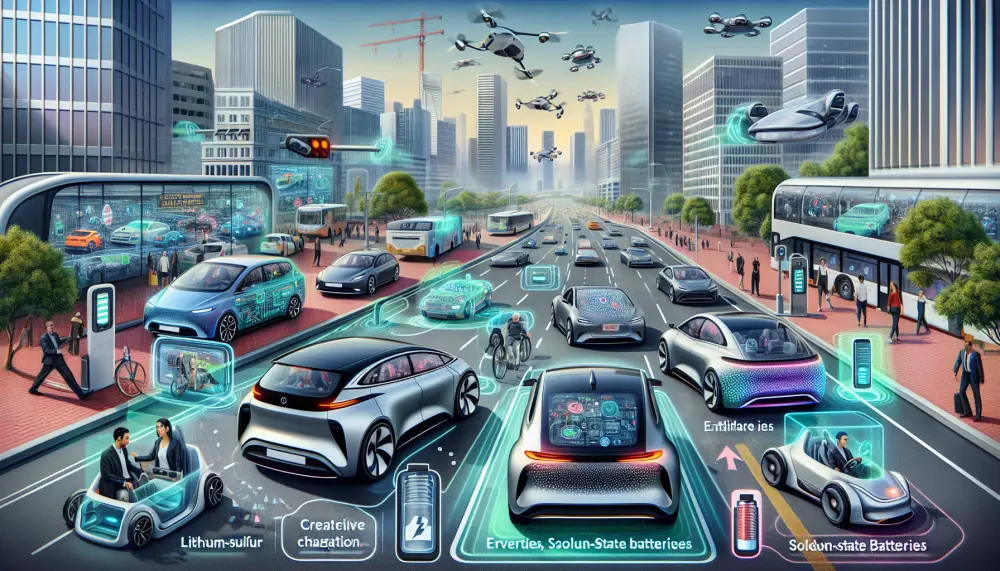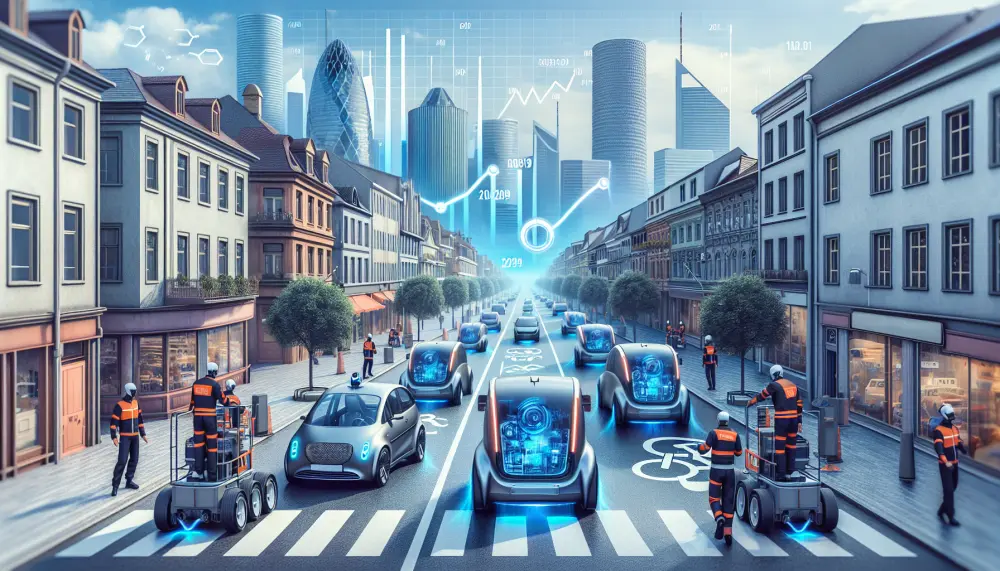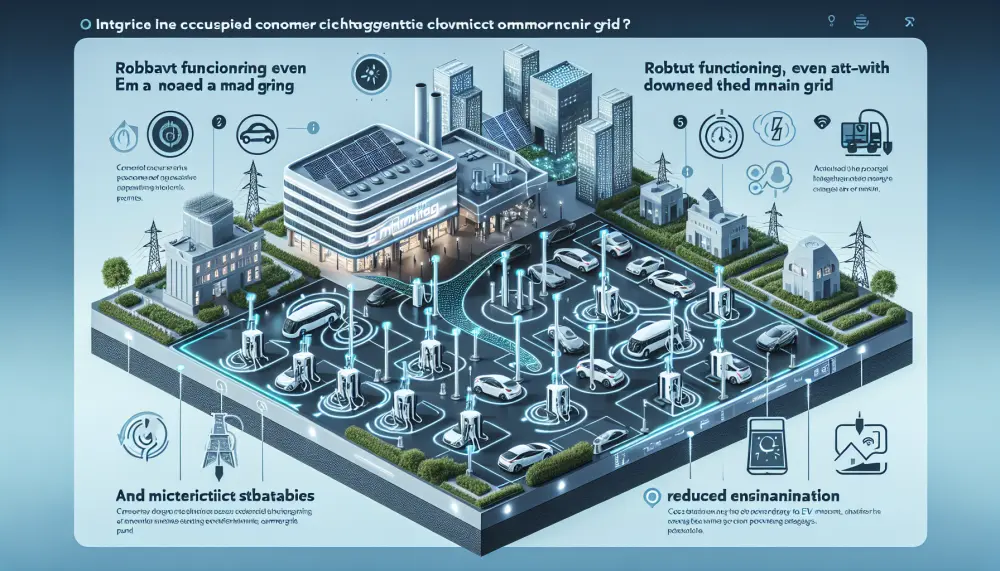Driving into the Future: Innovations Steering the Automotive Market (2024-2040)


The automotive industry stands on the cusp of a revolution that is set to redefine mobility, safety, and convenience as we know them. This reshaping isn't some distant dream—it's a tangible transformation that will unfold over the next two decades. As we gear up for 2024 and beyond, several advanced automotive technologies promise to disrupt and invigorate market dynamics.
Electrification: The Pulse of Tomorrow's Vehicles
Electric vehicles (EVs) are dominating the automotive narrative. A growing environmental awareness coupled with rigorous carbon emission standards is fueling this electric surge. The evolution of EVs pivots on advancements in battery technologies—li-ion batteries have been the stalwarts to date. However, cutting-edge research is heralding the advent of solid-state batteries, lithium-sulfur, and sodium-ion batteries, all offering prospects of higher energy densities and faster charging cycles.
Industry players are also focusing on battery lifespan and reuse. The nascent field of battery recycling is poised to bloom into a full-fledged industry, paramount to a sustainable EV ecosystem. The electric wave is also reshaping the infrastructure landscape with more innovative and accessible charging solutions.
Autonomous Driving: Charting New Routes
Autonomy in driving is accelerating at an unprecedented pace. While fully autonomous vehicles may still be in their nascent stages, the journey toward that reality is being paved by incremental enhancements in Advanced Driver-Assistance Systems (ADAS). Sensor fusion technology, which combines inputs from various sensors like lidar, radar, and cameras, forms the core of this transition. These technologies don't just promise smoother rides; they embody a pivotal commitment to reducing road fatalities.
The role of artificial intelligence (AI) is becoming more pronounced, shifting the operational calculus from mere machine execution to predictive and adaptive behavior. And with the inclusion of V2X (vehicle-to-everything) communication systems, cars are no longer insular entities but integral components of a larger, interactive network.
In-Cabin Innovation: Beyond the Wheel
While much of the buzz surrounds what makes cars move, equally revolutionary changes are happening within their interiors. In-cabin monitoring systems are beginning to incorporate biometric technologies for enhanced security and personalization. Transparent displays and augmented reality are transforming dashboards into command centers of the future. Holography and flexible interfaces—not merely for aesthetics—are part of an ergonomic movement that makes car interactions more intuitive and less distracting.
The evolution of in-cabin technology is also prompting us to re-evaluate car designs, particularly in the context of fully autonomous vehicles. Here, the interior adapts to the occupants' needs, whether for work, leisure, or social interaction, blurring the lines between personal space and conveyance.
Software-Defined Vehicles: The Heartbeat of Innovation
Modern vehicles are morphing into software on wheels. Over-the-air (OTA) updates allow continuous improvements and feature additions, significantly extending a vehicle's lifecycle and enhancing its value proposition. Mobility as a Service (MaaS) has entered the mainstream conversations, influencing not just how vehicles are made but how they are used and shared.
Software-defined vehicles trickle down to every aspect of the car experience, right from the elimination of traditional keys to the way we interact with our vehicles via smartphone integrations and personal assistant AI. The semantic layer of automotive technology is rapidly becoming as critical as the mechanical layers beneath it.
Sustainable Practices: The Ethos of the New Age Automaker
Recognizing the significance of sustainability, the automotive industry is taking notable strides toward circular economies. The focus isn't solely on electric vehicles but extends across the manufacturing process and end-of-life vehicle recycling. Efforts to minimize the carbon footprint are now blueprint imperatives for all industry stakeholders.
Market Response and Consumer Adaptation
Market forecasts are optimistic, projecting robust growth in sales of EVs, autonomous driving components, and in-cabin technologies. But the transition also calls for a cultural shift. Consumers find themselves at the intersection of traditional automotive comfort zones and the allure of automated, connected, and electrified alternatives.
Automakers, too, are reworking their strategies to align with market trends. Traditional players are joining forces with tech giants, and startups are emerging disruptors. It's a race where innovation, agility, and vision determine the leaders. Collaboration signals strength, and strategic partnerships are the engines propelling this era of automotive renaissance.
Over 800 companies feature in this trajectory of change. They range from heritage automakers like Volkswagen and Toyota to tech flagbearers such as Tesla and Waymo. The list isn't exhaustively automotive—it includes tech specialists like Nvidia and Bosch, contributing to an ecosystem that is as diverse as it is dynamic.
Conclusion
The roadmap for the advancement of automotive technologies is clear – the industry is barreling toward a future spearheaded by electrification, autonomy, in-cabin advancements, and a profound synergy with software technologies. The fusion of these sectors indicates a holistic metamorphosis where every aspect of transportation is interlinked. These changes promise not just enhanced vehicular experiences but also a transition towards a more connected and sustainable world, with automotive innovation at its heart.
In assessing this march of progress, we find a broader narrative—one that surpasses the confines of industry zones and enters the daily lives of consumers. We aren't merely shifting gears; we're steering towards a new epoch of mobility, comfort, and sustainability. The automotive industry's outlook between 2024 and 2040 isn't just a forecast of advancements; it's a glimpse into the future that awaits us all.


